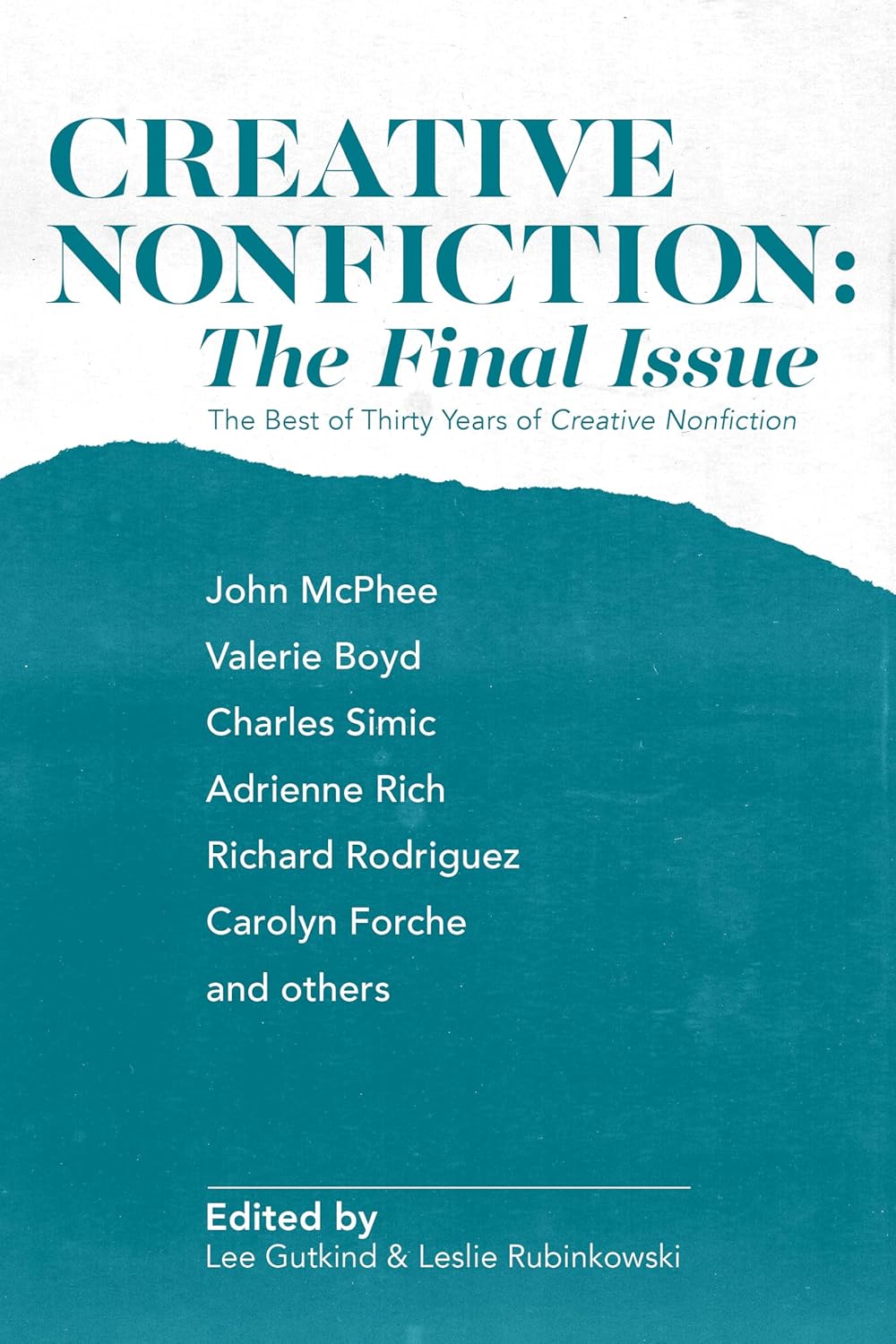In Praise of Meandering: A Reflection on Meander by Mary Paumier Jones
There is a quiet brilliance in Mary Paumier Jones' Meander, a soft invitation to let go of our need for straight lines. It is an ode to wandering—on the page, in thought, and, for those of us who love to travel, across the wide and winding world.
To meander—the word itself sounds like an unhurried step, a gentle detour, a path chosen not for its destination but for its beauty. It is the kind of walking—or riding—where we do not measure progress in miles but in moments: a view discovered from a forgotten road, a perfect lunch spot you hadn’t planned, or a quiet village that beckons you to stay a night (or two).
Jones gives us rivers as a metaphor, not to teach us about their geography, but to remind us of the pleasure—and necessity—of wandering. Rivers do not travel in straight lines; they curve, loop back, and “proceed in elliptical curves, diverging, digressing.” Their course may seem aimless, but if you could rise above and see it from the air, you’d find a perfect, natural rhythm. So too with essays. So too with journeys.
I have never been about miles. My odometer diary is often left forgotten at the bottom of my tank bag, full of notes and doodles, reminders and everything but mileage. Those of you who’ve read dispatches from my motorcycle journeys know how it goes: I might ride for eight hours or I might stop after an hour and a half—perhaps for lunch, a walk, or a night or two. I edit my schedule as I go along. Well, the heck with the schedule. I’m here now, and I may never be here again.
Perhaps this is why travelers understand meandering better than most. We know the joy of a wrong turn, a missed exit, or the freedom to stop for no reason at all except “why not?” The best journeys are never straight lines; they are the ones that invite us to slow down, to wander without expectation. The same is true for writing.
Jones’ essay—just 742 words—has the kind of impact that feels larger than itself, like ripples expanding outward. And yet we can sense the craftsmanship beneath its effortless flow. Like a river or an unplanned detour, it reminds us that meandering is not wasted time. It is where discovery happens.
For writers, travelers, and thinkers alike, Meander is a gift. It gives us permission to wander—on the page, in our minds, and through the world—without pressure to arrive. “We will not see the shape of our journey until we are done,” Jones tells us. We trust the turns, because we know that where we end up may surprise us.
So let this essay inspire you to write, to travel, and to live as the river flows: with curiosity and wonder. Allow yourself the freedom to meander. Follow the road that calls to you, the thought that diverts you, the path that doubles back. Let go of the need for straight lines, because what we find in the wandering—on the road, in the words—is often far greater than what we set out to discover.
Here’s a link to Meander, a very short essay that might inspire you as well. Whether it’s writing, traveling, or life, I’d love to hear your thoughts. Where have you let yourself wander? What have you discovered along the way?
I found Meander in this book, Creative Nonfiction: The Final Issue: The Best of Thirty Years of Creative Nonfiction, thirty-two essays representing some of the finest work Creative Nonfiction Magazine has published over its seventy-eight issues, with an introduction by Lee Gutkind.

